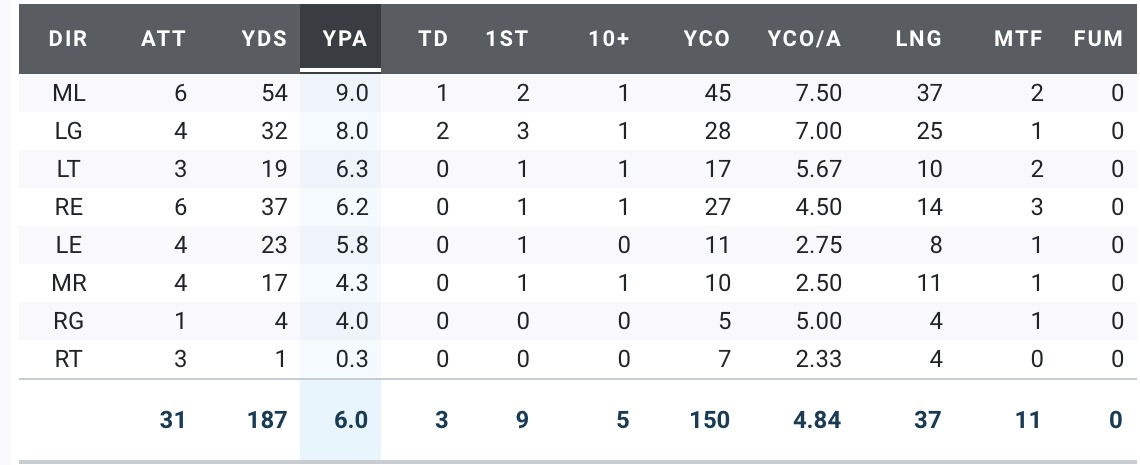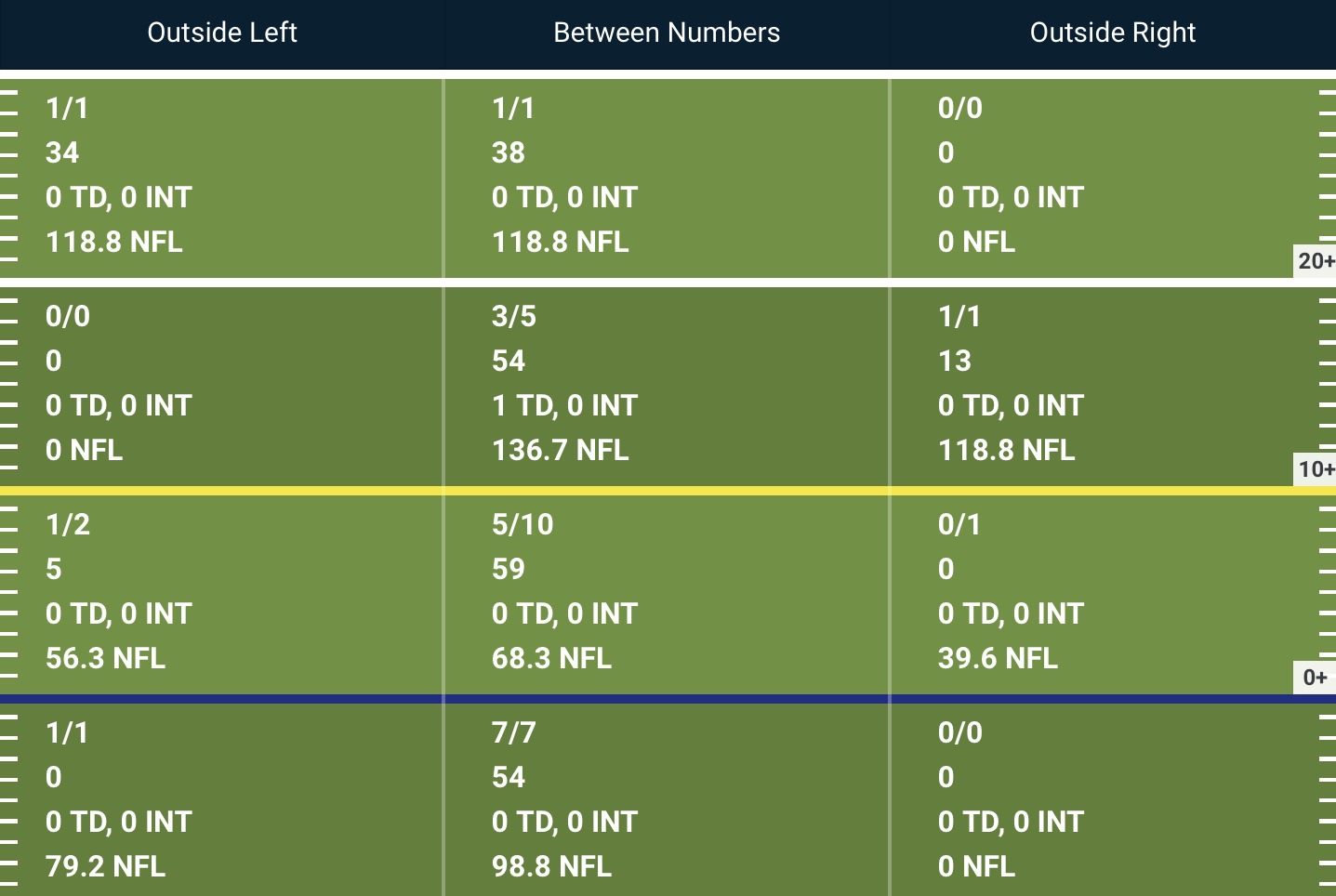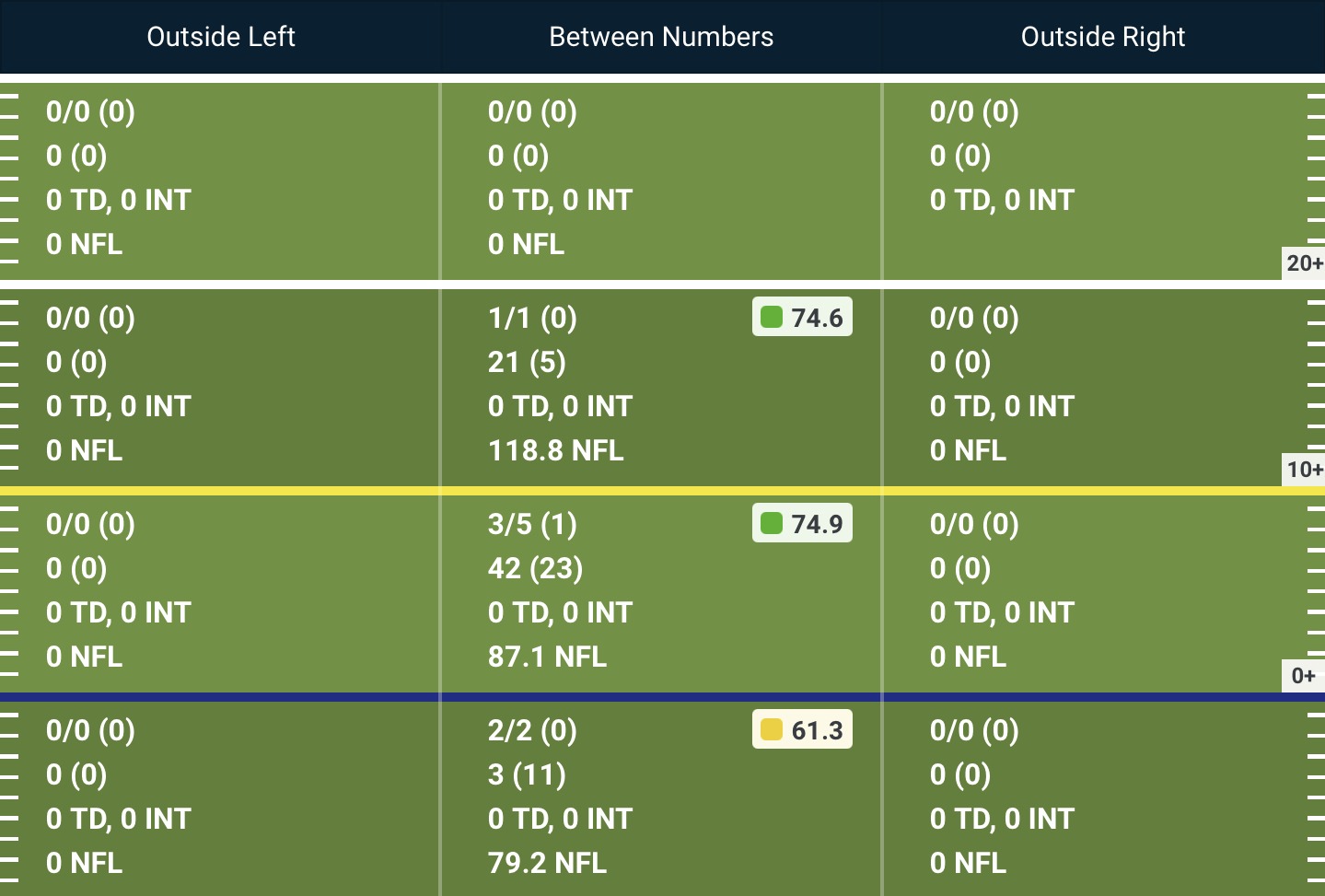© 2025 ALLCITY Network Inc.
All rights reserved.

BOULDER — Questions were abound heading into the first game of 2020.
Colorado was replacing three-year starter Steven Montez with a former-safety it had pulled back to Boulder after a brief stint in the transfer portal.
The transition was made more difficult by the fact that Alex Fontenot, the second-leading returning rusher in the Pac-12, had torn his ACL early in camp, leaving a question mark in CU’s backfield.
On top of that, the Buffs had a brand new coaching staff, and it was the last staff put together by a Power 5 school in the cycle.
And on top of that, a once-in-a-century pandemic prevented any spring practices from occurring and cut fall camp in half.
Spirits were low.
Vegas had the visiting UCLA Bruins as 6.5-point favorites.
But Colorado got off to a hot start, building a 35-7 lead. The Buffs slowed down later in the game, but held on to win 48-42 and start the Karl Dorrell, Sam Noyer and Jarek Broussard eras off with a win.
Here’s what happened:
Jarek Broussard broke out
Coaches and players raved about Broussard during the shortened fall camp, but fans were right to be skeptical. The Texas native was coming off his second torn ACL and hadn’t seen the field yet for CU.
But he took the field right off the bat to return the opening kickoff, which would go on to be his only kick return of the season.
The reason?
Putting him back deep to return kicks, while tempting because of his breakaway abilities, wasn’t worth the risk.
In his first five carries, Broussard had 21 yards and two touchdowns and the best was yet to come. There were five carries of at lest 10 yards and two of those went for 25+.
He finished the game with 187 yards on 31 carries with three touchdowns.
Notably, Broussard had success when running behind the left side of the line.
Take a look at the chart below, which shows his efficiency in the game when running through a given hole. “ML” means “middle left,” so on the left side of the center. The others are the holes on the outside shoulder of the position listed.

With left tackle William Sherman now playing for the Patriots, keep an eye on this side of the line in 2021.
Sam Noyer starts hot
While this game will be remembered more for Broussard’s arrival, Noyer was the one who got the machine moving.
Noyer was lights out early in the game. He completed his first six passes and actually had five carries for 28 yards before on of his passes hit the ground.
The game plan was simple: spread the UCLA defense out horizontally, find the open receiver and take what the defense gives you. When you think of Sam Noyer, the phrase “game manager” doesn’t come to mind, but his first successes in college football came from making easy passes underneath.
Later on, UCLA started sitting on the short routes and Noyer became less efficient, in part because of good coverage but also because of a missed throws.
But when the Burins crept up closer to the line of scrimmage, Noyer started beating them over the top.
Just take a look at his passing chart:

Noyer finished the game 20/31 for 257 yards and a touchdown. He also ran the ball 13 times for 64 yards and another touchdown. If a random Buffs fan was offered that stat line before the game, I’d guess they absolutely would’ve taken it.
It’s worth noting that Noyer struggled against pressure, though he certainly excelled when kept clean.

(It’s also worth noting that Noyer injured his shoulder during this game and the injury progressively got worse during the season and he had surgery after the season to repair it. I couldn’t find the play on tape, but he says it happened on one of his runs when he was sliding.)
Brady Russell and Dimitri Stanley emerge as the primary targets
You may have noticed in the passing chart above that Noyer relied heavily on the middle of the field. Well, that meant a lot of targets for tight end Brady Russell and slot receiver Dimitri Stanley.
Noyer went to Stanley early an often. Two plays into the second quarter, Stanley already had 46 receiving yards. As the UCLA defense crept forward, the onus was on the outside guys to stretch the field and make plays… which they’ll get a solid C+ from me for doing.
But back to the point: Stanley disappeared a little as the game moved along—he put up 20 yards in the games’ closing 43 minutes—but he was still as impactful as any skill position in the game not named Broussard.
Here’s a look at Stanley’s receiving chart:

Russell’s role was one of the storylines before the game even started.
Previous CU coaching staffs had neglected the position but Karl Dorrell was known as a more traditional West Coast coach who would likely put a tight end on the field more often than not and the potential for multiple tight end sets was finally back in Boulder. Plus, exciting and young tight ends coach Taylor Embree (who got a position coaching job with the Jets after the season) was coming off a half-decade of work with two of the game’s best tight ends, Travis Kelce and George Kittle.
Russell was used in a variety of ways. He lined up in a standard tight end position on 22 snaps and as a slot receiver on 13. That alone was a more creative use than in past seasons.
But the creativity didn’t stop there. Early in the game, Colorado called a tight end screen. It only picked up 8 yards, mostly because Russell didn’t get behind his blockers, but that type of misdirection was what you’d hope for from a new offensive staff.
Russell caught five balls for 77 yards, the most for a CU tight end since Nick Kasa put up 87 yards on three catches in 2012.
The defense was aggressive… and a little leaky
Throughout fall camp, the defensive storyline was a change that had been suggested by then-defensive line coach and current-defensive coordinator Chris Wilson.
Rather than playing the two-gap system the Buffs had employed in years past, Colorado was switching to a one-gap system. That meant everybody in the front seven was assigned a gap, and they were responsible for not letting anybody through and, ideally, penetrating that gap themselves and wreaking havoc in the backfield.
Havoc was wreaked.
Mustafa Johnson got into the backfield at will and Carson Wells emerged as a force up front. The defensive front created chaos, though UCLA quarterback Dorian Thompson-Robinson was largely able to escape serious trouble.
The front seven weren’t the only ones getting into the backfield. Colorado was sending extra defenders on just about every play. Defensive backs blitzed on 18 of 51 passing plays.
The defense deserves credit for forcing the four first-half turnovers that helped the Buffs get off to a 35-7 start. It also is to blame for the big plays that let UCLA get back into the game late.
Thompson-Robinson broke off a 65-yard touchdown run early in the second half, running through the gap that linebacker Akil Jones was supposed to protect. Tight end Greg Dulcich picked up 40+ yards on two occasions, one when covered by Jones and one by Isaiah Lewis.
There was plenty of blame to go around, but the speed of the Bruins was too much for Colorado to keep contained from start to finish, and most of the big plays can be attributed to a speed disparity in the matchup.
Christian Gonzalez is picked on
Cornerback Christian Gonzalez was the only true freshman to start for CU in 2020 and UCLA came into the game ready to test him.
Gonzalez struggled.
The stats say that he only allowed one catch on five targets but that’s missing some context. He was beat over the top on one play where the receiver dropped the ball. He was called for two UGLY pass interference penalties, too.
Expecting a flawless game from Gonzalez would’ve absolutely been a stretch but it was clear he was still adjusting to playing ball at the Power 5 level.
He wasn’t the only one called for pass interference though. Chris Miller and Derrion Rakestraw were both flagged, too. Mekhi Blackmon was virtually flawless.
Isaiah Lewis was credited with three pass breakups, but two of them would be better classified as dropped interceptions. Either way, he found himself in the right position and didn’t let the receiver catch the ball.
Up next: Colorado holds on to drop Stanford 35-32 on the road
Comments
Share your thoughts
Join the conversation



